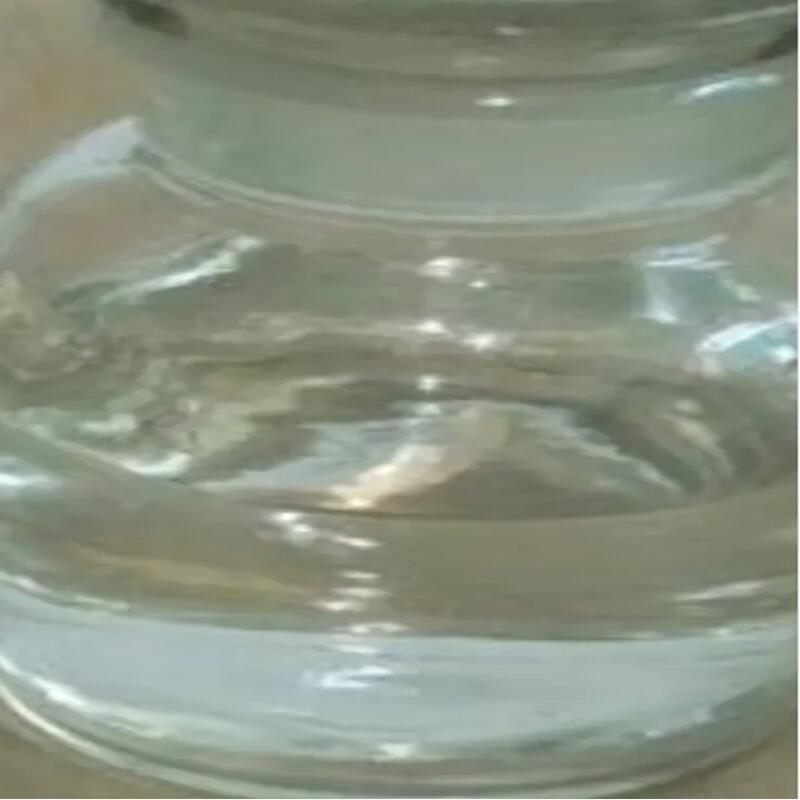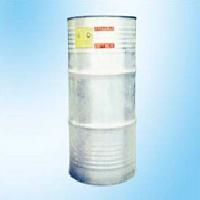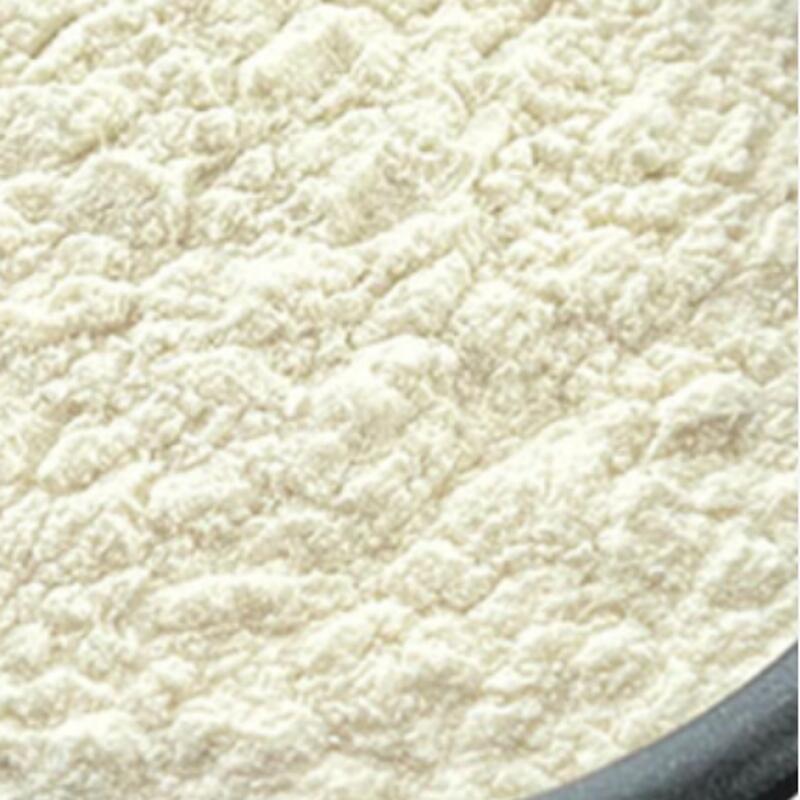-
The Synthetic Routes of Bis(2-ethylhexyl) phosphate
Time of Update: 2023-05-01
Bis(2-ethylhexyl) phosphate, also known as di-n-octyl phosphate, is a synthetic organophosphate compound that is commonly used as a flame retardant, plasticizer, and emulsifier in various industrial applications.
-
The Applications of Bis(2-ethylhexyl) phosphate
Time of Update: 2023-05-01
It is used in the production of vinyl plastisols, polyvinyl chloride (PVC Bis(2-ethylhexyl) phosphate (DEHP) is a widely used plasticizer in the chemical industry.
It is used in the production of vinyl plastisols, polyvinyl chloride (PVC Bis(2-ethylhexyl) phosphate (DEHP) is a widely used plasticizer in the chemical industry.
-
The Upstream and Downstream products of Bis(2-ethylhexyl) phosphate
Time of Update: 2023-05-01
The production process involves several stages, including the reaction of 2-ethylhexanol with phosphoric acid, the purification of DEHP, and the manufacturing of PVC, PP, and PE plastics.
-
The Safety of Bis(2-ethylhexyl) phosphate
Time of Update: 2023-05-01
The industry should take steps to reduce the risk of exposure to BEHP, by using alternative flame retardants, improving manufacturing and handling processes and conducting more research to better understand its effects.
-
The Instruction of Bis(2-ethylhexyl) phosphate
Time of Update: 2023-05-01
The production of D2EHP involves several stages, including the synthesis of the phosphate group and the reaction of the phosphate group with bis(2-ethylhexyl) oxide.
The production of D2EHP involves several stages, including the synthesis of the phosphate group and the reaction of the phosphate group with bis(2-ethylhexyl) oxide.
-
The Production Process of Bis(2-ethylhexyl) phosphate
Time of Update: 2023-05-01
The production process of DOP involves several steps, including the reaction of phosphoric acid with 2-ethylhexanol, the reaction of the resulting bis(2-ethylhexyl) alcohol with sulfuric acid, and the dehydration of the resulting bis(2-ethylhexyl) sulfate.
-
The Synthetic Routes of 2-Ethylhexyl nitrate
Time of Update: 2023-04-30
Additionally, the use of a solvent and a catalyst allows for better control over the reaction conditions, which can lead to a more consistent product.
Additionally, the use of a solvent and a catalyst allows for better control over the reaction conditions, which can lead to a more consistent product.
-
The Upstream and Downstream products of 2-Ethylhexyl nitrate
Time of Update: 2023-04-30
In addition to its use in the production of plastics and coatings, 2-Ethylhexyl nitrate is also used in the manufacture of inks and other printing materials.
In addition to its use in the production of plastics and coatings, 2-Ethylhexyl nitrate is also used in the manufacture of inks and other printing materials.
-
The Applications of 2-Ethylhexyl nitrate
Time of Update: 2023-04-30
In conclusion, 2-ethylhexyl nitrate has a wide range of applications in the chemical industry, ranging from the production of plastics and pharmaceuticals to the manufacture of perfumes and pigments.
-
The Safety of 2-Ethylhexyl nitrate
Time of Update: 2023-04-30
To address these safety concerns, various measures have been put in place to protect workers in the chemical industry from the potential health effects of 2EHN.
To address these safety concerns, various measures have been put in place to protect workers in the chemical industry from the potential health effects of 2EHN.
-
The Instruction of 2-Ethylhexyl nitrate
Time of Update: 2023-04-30
2-Ethylhexyl nitrate, also known as 2-EHN, is a flammable liquid that is commonly used in the chemical industry as a solvent and as an intermediate in the production of various chemical compounds.
-
The Production Process of 2-Ethylhexyl nitrate
Time of Update: 2023-04-30
The reaction produces 2-ethylhexanol, which is then purified and made ready for the next step in the production process.
The reaction produces 2-ethylhexanol, which is then purified and made ready for the next step in the production process.
-
The Instruction of Propylene carbonate
Time of Update: 2023-04-29
In this article, we will discuss the instruction of propylene carbonate in the chemical industry, including its properties, uses, and safety precautions.
In this article, we will discuss the instruction of propylene carbonate in the chemical industry, including its properties, uses, and safety precautions.
-
The Production Process of Propylene carbonate
Time of Update: 2023-04-29
The production process of propylene carbonate involves several steps, including the reaction of propylene oxide with carbonate salt, the purification of the resulting mixture, and the distillation of the final product.
-
The Synthetic Routes of Propylene carbonate
Time of Update: 2023-04-29
The reaction is typically carried out at a lower temperature and pressure than the reaction with propylene oxide, and the product is typically separated from the reaction mixture using a solvent extraction or crystallization process.
-
The Upstream and Downstream products of Propylene carbonate
Time of Update: 2023-04-29
In the case of propylene carbonate, the downstream products include a variety of chemicals that are used in a wide range of applications.
In the case of propylene carbonate, the downstream products include a variety of chemicals that are used in a wide range of applications.
-
The Safety of Propylene carbonate
Time of Update: 2023-04-29
However, it is important to note that propylene carbonate can also pose certain safety hazards, especially if proper handling and storage procedures are not followed.
However, it is important to note that propylene carbonate can also pose certain safety hazards, especially if proper handling and storage procedures are not followed.
-
The Applications of Propylene carbonate
Time of Update: 2023-04-29
It is a safe and efficient electrolyte solvent that is widely used in the production of lithium-ion batteries for use in a variety of applications, including consumer electronics, electric vehicles, and renewable energy systems.







